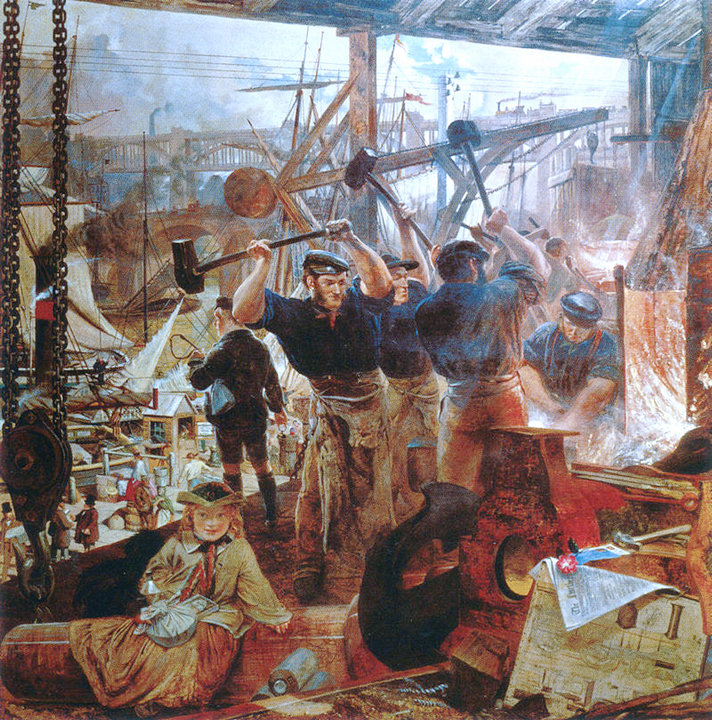Realism


Movement in mid- to late 19th-century art, in which an attempt was made to create objective representations of the external world based on the impartial observation of contemporary life Realism was consciously democratic, including in its subject-matter and audience activities and social classes previously considered unworthy of representation in high art The most coherent development of Realism was in French painting, where it centred on the work of Gustave Courbet, who used the word réalisme as the title for a manifesto that accompanied an exhibition of his works in 1855 Though its influence extended into the 20th century its later manifestations are usually labelled as Social Realism
Realism in the arts is the attempt to represent subject matter truthfully, without artificiality and avoiding artistic conventions, implausible, exotic and supernatural elements
Realism was an artistic movement that began in France in the 1850s, after the 1848 Revolution Realists rejected Romanticism, which had dominated French literature and art since the late 18th century Realism revolted against the exotic subject matter and exaggerated emotionalism and drama of the Romantic movement Instead it sought to portray real and typical contemporary people and situations with truth and accuracy, and not avoiding unpleasant or sordid aspects of life Realist works depicted people of all classes in situations that arise in ordinary life, and often reflected the changes brought by the Industrial and Commercial Revolutions The popularity of such “realistic” works grew with the introduction of photography—a new visual source that created a desire for people to produce representations which look objectively real
The Realists depicted everyday subjects and situations in contemporary settings, and attempted to depict individuals of all social classes in a similar manner Classical idealism and Romantic emotionalism and drama were avoided equally, and often sordid or untidy elements of subjects were not smoothed over or omitted Social realism emphasizes the depiction of the working class, and treating them with the same seriousness as other classes in art, but realism, as the avoidance of artificiality, in the treatment of human relations and emotions was also an aim of Realism Treatments of subjects in a heroic or sentimental manner were equally rejected
Realism as an art movement was led by Gustave Courbet in France It spread across Europe and was influential for the rest of the century and beyond, but as it became adopted into the mainstream of painting it becomes less common and useful as a term to define artistic style After the arrival of Impressionism and later movements which downgraded the importance of precise illusionistic brushwork, it often came to refer simply to the use of a more traditional and tighter painting style It has been used for a number of later movements and trends in art, some involving careful illusionistic representation, such as Photorealism, and others the depiction of “realist” subject matter in a social sense, or attempts at both
Realism has been prevalent in the arts at many periods, and is in large part a matter of technique and training, and the avoidance of stylization In the visual arts, illusionistic realism is the accurate depiction of lifeforms, perspective, and the details of light and colour Realist works of art may emphasize the mundane, ugly or sordid, such as works of social realism, regionalism, or kitchen sink realism
There have been various realism movements in the arts, such as the opera style of verismo, literary realism, theatrical realism and Italian neorealist cinema The realism art movement in painting began in France in the 1850s, after the 1848 Revolution The realist painters rejected Romanticism, which had come to dominate French literature and art, with roots in the late 18th century